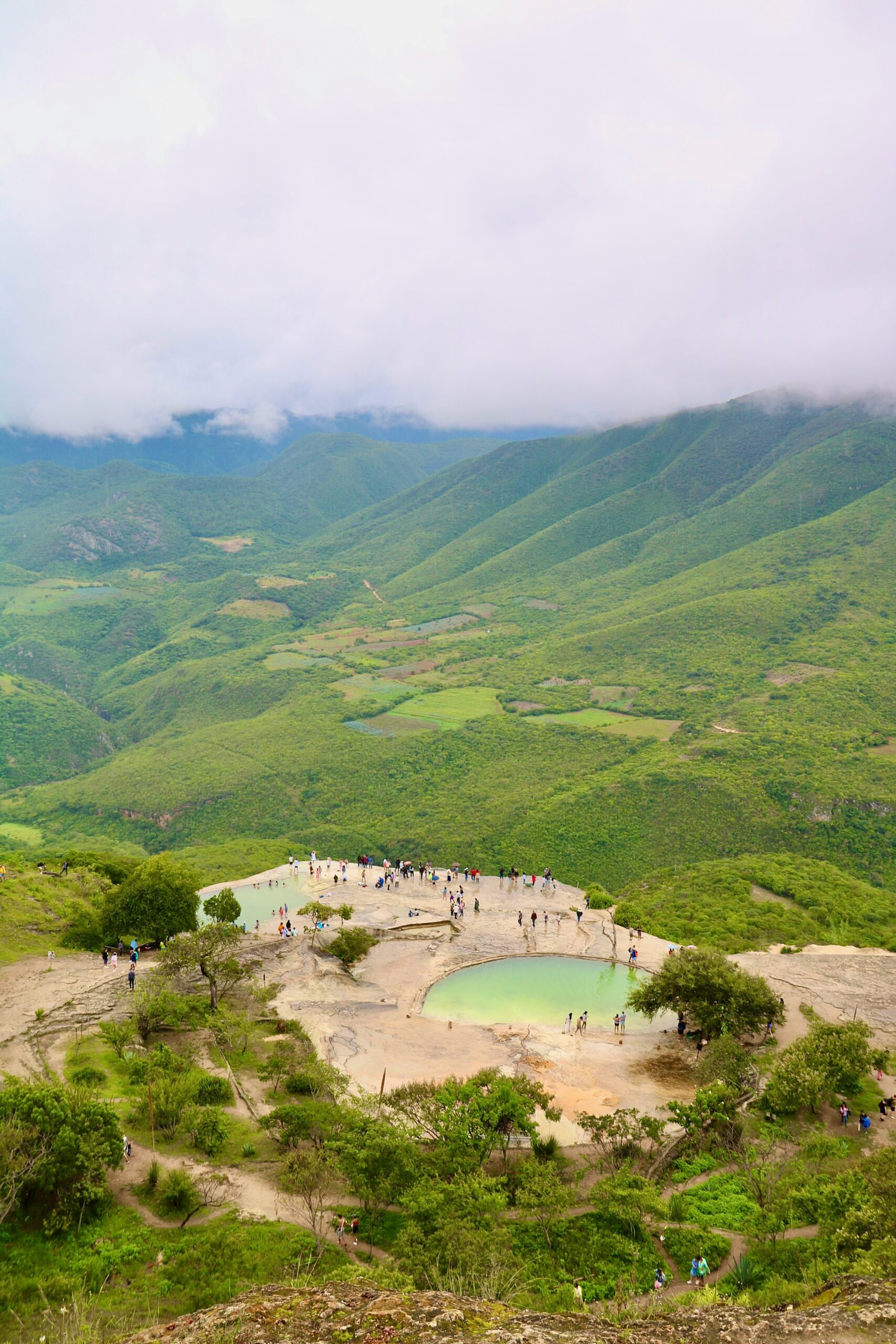10 Lesser-Known Places to See in Mexico
Take a trip off the beaten path or discover something a little less well known in Mexico with our list of 10 places that may not be the first locations you think of when heading south this winter. Take a break from the beach and immerse yourself in history, performance, and the natural wonders of Mexico.
The Sumidero Canyon
Photo by Girl with red hat on Unsplash
The Sumidero Canyon was formed at a similar time to the Grand Canyon some 35 million years ago and, in many ways is just as spectacular. With high-rise cliffs of over 1000 meters and beautiful sweeping banks, the canyon is a truly unique experience. Located in the Chiapas region of Mexico, it is one of the lesser-known tourist stops, with 80% of the canyon’s annual visitors being Mexican nationals. Pack a lunch and plan to spend the entire day touring the canyon taking in the sights and spotting some of the many monkeys, birds, iguanas, and river turtles.
Cenote Suytun
Photo by Jared Rice on Unsplash
Cenote Suytun is an almost totally enclosed cenote located in the Mexican state of Yucatan. The small opening in the roof creates spectacular lighting that will surely take your breath away; not only that, but there are also frequent traditional Mayan performances in the middle of Cenote. It’s important to note that it can be much busier during the performances and if you’d prefer a quieter experience, then avoiding these times is better.
Ria Celestun Biosphere Reserve
Photo by Akshaye Sikand on Unsplash
The Ria Celestun Biosphere Reserve features mangrove trees, crocodiles and enormous concentrations of flamingos. A UNESCO World Heritage site, located a short distance from the town of Celestun in the Yucatan, you can take a boat tour out to the mangroves for some prime bird watching. Home to nearly 1150 species of birds, it is a bird watchers paradise. The stars of the show are definitely the more than 35,000 flamingoes who find a home in the warmer waters of the reserve each winter.
Tulum Coastal Ruins
Photo by Austin Kindred on Unsplash
Once a mighty walled city built by the Mayan people, the Tulum ruins are some of the best preserved Mayan ruins you can see today. The site sits on the edge of a steep cliff, with views of the Caribbean sea and the popular Tulum Ruins Beach located below, as is surrounded by palm trees, cactus flowers and a bevy of sunbathing iguanas.
Palenque
Photo by Crisoforo Gaspar Hernandez on Unsplash
Palenque is an ancient Maya city located in the state of Chiapas in the south of Mexico and tucked away in the beautiful Mexican jungle. Smaller than the more well known Chichen Itza, Tikal or Copán cities, Palenque features some of the best preserved and intricate architecture, sculpture, roof comb and bas-relief carvings yet discovered.
Hierve el Agua
Photo by Jorge Fernández Salas on Unsplash
Hierve el Agua is a natural rock formation created by the natural springs that have calcified the cliff face. From the top, the views are amazing, and there are mineral-rich rock pools that you can bathe in. Located about 70km east of Oaxaca City, the petrified waterfalls and natural cliff top pools are well loved by locals and tourists alike. Arrive in the morning to avoid most of the crowds, especially in tourist season!
Holbox Island
Photo by Christopher Politano on Unsplash
Holbox Island is far from the touristy hotspots, a rustic, tropical island a located a few hours north of Cancun. This small tranquil island located off the coast of Mexico’s Yucatán Peninsula is a nature lovers paradise. Free from cars, and reachable only by ferry, you can navigate the sandy streets using golf carts and bicycles. Rich in marine life, Holbox is a great place to see sea turtles and whale sharks, with the occasional bioluminescent show put on by phosphorescent plankton.
Las Pozas
Photo by Angel Maldonado on Unsplash
Las Pozas is a collection of concrete architectural structures and fantastic routes that make up a sculpture garden put together by Edward James, an eccentric English poet with a passion for surrealist art. Building started in 1962 and continued until James’ death in 1984, the property is named for the nine pools made with the natural waterways passing through it. There are more than 30 structures in total! It is undoubtedly off the beaten track; Las Pozas is located near the village of Xilitla, in the Mexican state of San Luis Potosí some 500km from Mexico City.
Tamul Waterfall
Photo by Jean Paul Montanaro: https://www.pexels.com/photo/cascada-de-tamul-tamul-waterfall-san-luis-potosi-mexico-14842050/
Formed as a result of the Gallinas River dropping into the Tampaón River gorge, the Tamul Waterfall (Cascada de Tamul) is located in the state of San Luis Potosi, southwest of Ciudad Valles. Best visited at the beginning of the dry season, take a tour in one of the colourful pangas boats and enjoy the scenery and beautiful clear water on the way to view the waterfall. No motorboats are allowed to protect the river and surrounding environment. Don’t forget to pack your sunscreen!
Basaltic Prisms of Santa María Regla
Photo by Dave Monte on Unsplash
A geological wonder located near Huasca de Ocampo in the state of Hidalgo, these prisms date back approximately 2.58 million years. You can view these columns, created when lava flows encountered water, with a series of stairs, walkways, and hanging bridges allowing visitors to explore the formations from a variety of angles safely and without damaging the ancient formations.

